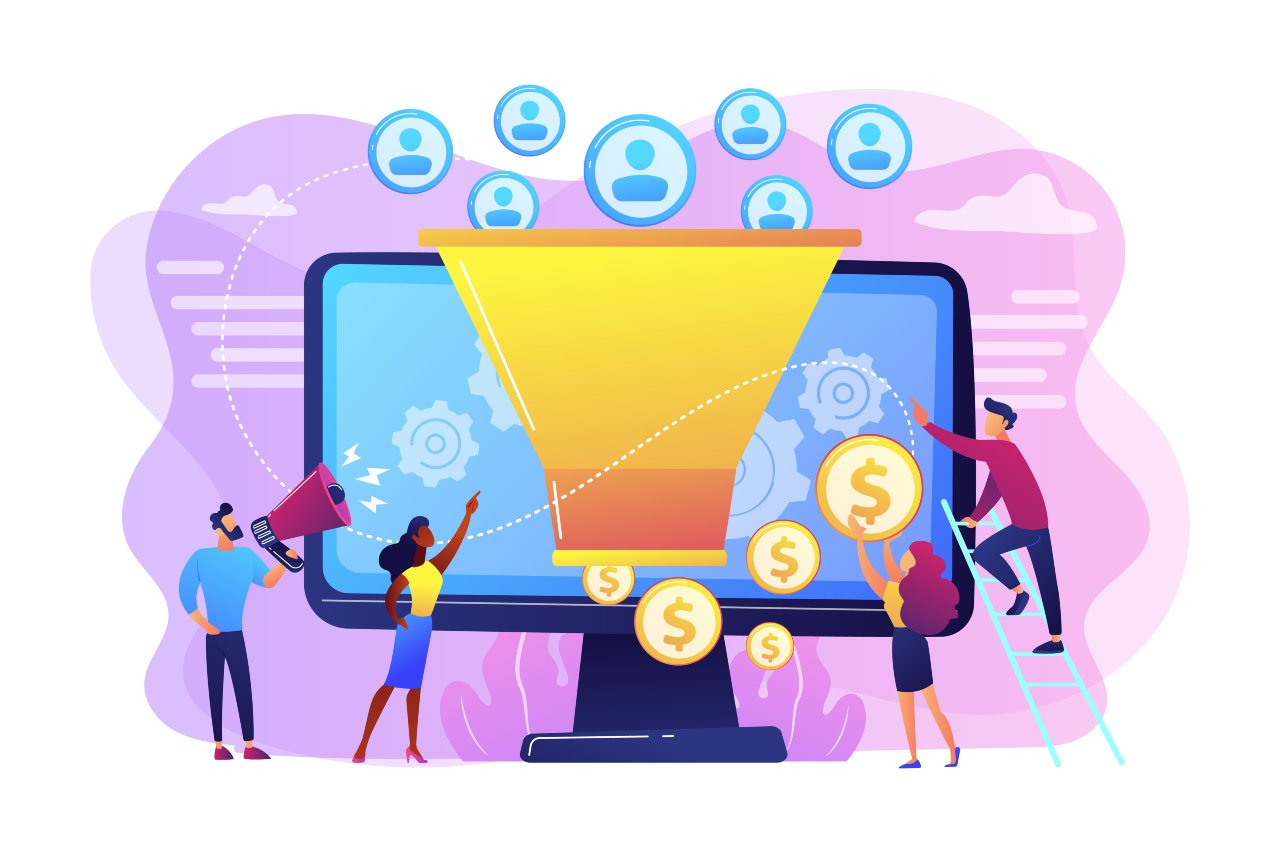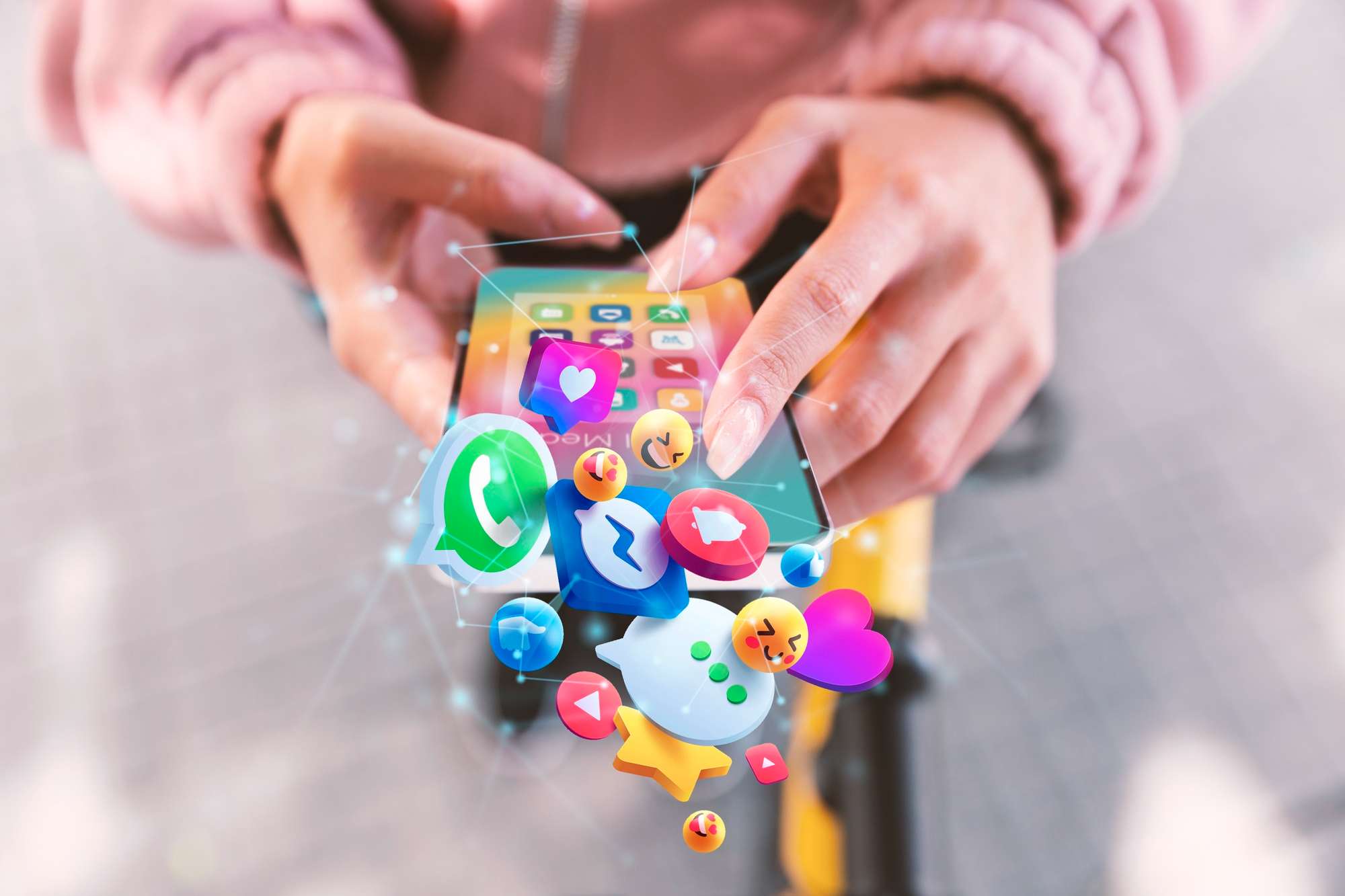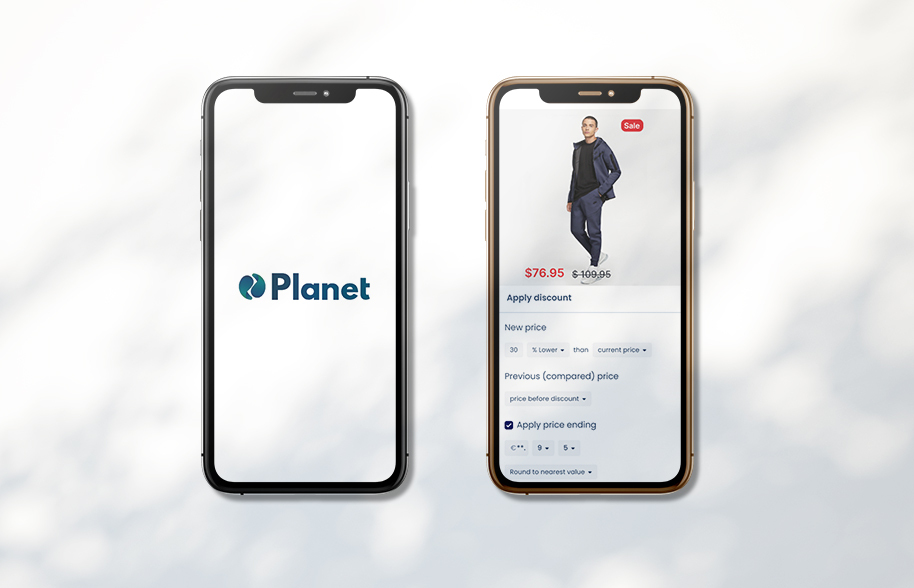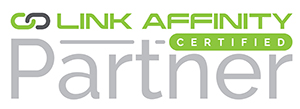In the field of digital marketing agencies, the term “sales funnel” is widely used, as it is a fundamental tool for the companies that work with them.
Despite this, many of them still do not use sales funnels or do not use them correctly, which has a negative impact on their business objectives.
Let’s see, then, what a sales funnel consists of and how to apply it to achieve those coveted KPIs.
What is a sales funnel?
A sales funnel, or sales tunnel, is the process that a user follows from the moment they come into contact with a company unknown to them until they become a customer.
This process is called a sales funnel because the path followed has this shape: a wide upper part through which users “enter” and a narrow lower part through which they “exit” as customers.
Precisely there lies the importance of sales funnels, in their ability to convert a stranger into a loyal customer through appropriate content according to the stage of the funnel in which that person is.
For the latter, it is essential to know the so-called “states of awareness” of the consumer, i.e., what they know about their problem or need, what they know about our company, etc. But we will see this a little further down.
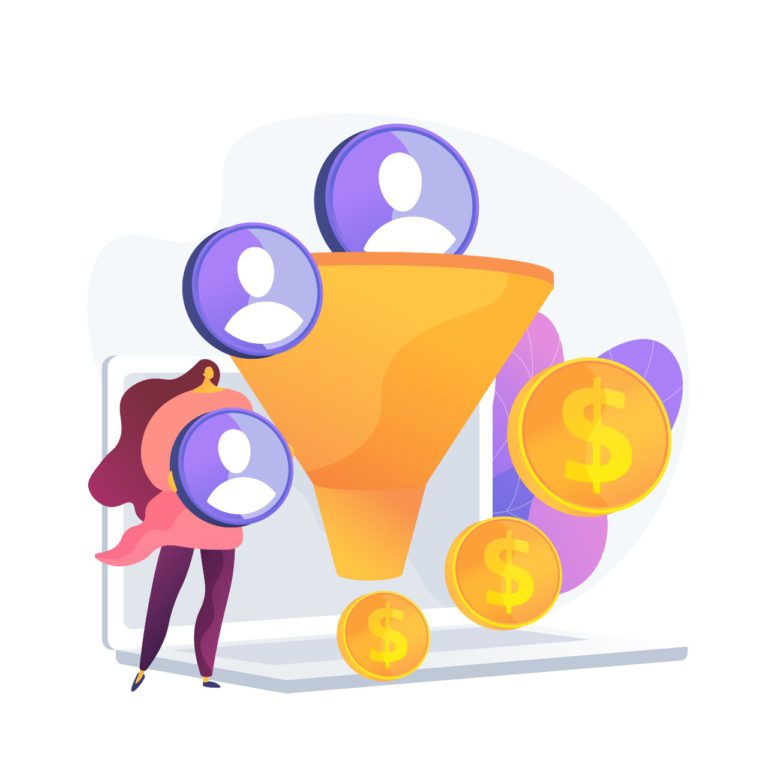
Benefits of sales funnels
Although there are several benefits of sales funnels, we are going to talk about the three that, in our opinion, are the most important.
The sales funnel allows you to get to know your customer better.
Apart from the sales funnel, have you also heard about the buyer persona?
With this Spanglish term we refer to a company’s representation of its ideal customer, in terms of demographics, interests, purchasing power, level of education, habits, etc.
Let’s think, for example, of the following buyer persona:
Gender: female
Age: 20-25 years old
Interests: music, cinema, books, culture in general.
Purchasing power: 25 K/year
Education: master’s degree
Habits: gym, going to exhibitions, eating out, traveling…
With this mental map of the buyer persona, the next step would be to think: would product X interest a person with this profile?
The sales tunnel is a way to test if the product or service is effectively attracting the attention of a woman between 20 and 25 years old, with an interest in culture, with a salary of 25 K/year, with higher education and with her daily habits.
If so, with the right content strategy, the buyer persona will continue to move down the sales funnel. If not, the product should be adapted to their profile or, if manufacturing, production, branding, etc. conditions do not allow it, focus on another buyer persona for that product.
Increased productivity through the sales tunnel
Knowing the ideal customer and being clear about the different phases of the sales tunnel is a way to optimize the work within the company itself.
In other words, the focus will be placed on very marked processes, which will make it possible to reduce or even eliminate efforts on actions that have no place within the sales funnel (the classic “doing it for the sake of doing it”).
Discovery of improvement opportunities through the sales funnel
Constant tracking of users going down the sales funnel is a goldmine of data:
How many users have moved on and how many have dropped out?
Where and why have they dropped out?
How to reduce the number of dropouts?
How to “refish” users who have dropped out?
Etc., etc., etc., etc.
As is often said in marketing, what can’t be measured can’t be improved. Therefore, it is essential to analyze each stage of the sales funnel and the behavior of the users that go through them, in search of opportunities for improvement that will make more users reach the end of the funnel.

The states of consciousness of the user and future customer?
With the buyer persona or ideal customer fully identified, checked and rechecked, the next step is to know their states of awareness. This will allow us to provide them with the most appropriate type of content based on two factors: the knowledge they have of themselves and the knowledge they have of our company or product. Conversely, the higher your level of awareness in both aspects (yours and ours), the further down the sales funnel you will be. In fact, the different phases of the funnel are closely related to the level of knowledge of the users who go down it.The one who knows nothing
The first state of awareness or state of knowledge is that of the user who does not know anything, that is, the person who does not know that he or she has a need or a problem. This is the lowest level of awareness of all, and is held by users who have not yet entered the sales funnel. Therefore, they need a type of content that “opens their eyes”, that leads them to ask themselves why they have that need, but never transactional content (“BUY NOW”). Subsection: The only transactional content that might work with these users is content that offers a product that the person is already familiar with. Think, for example, of a very famous book saga of which the latest release is eagerly awaited. If we sell that book at a competitive price and we manage to reach the user (through PPC campaigns or SEO traffic, for example), maybe they will buy from us. But you would not be buying “our brand”, but a product (a book) whose “sales funnel” was already made by the author himself writing the previous releases of the saga.The one who knows they have a problem or a need
The next state of knowledge is that of the user who, thanks to our first content, is already aware of his problem or need. That person is at the widest part of the sales funnel, wondering what he or she could do to improve his or her situation. However, are not yet aware that there is a solution for them, which is the product or service we offer. This way, we will move you down the sales funnel with content that shows you the solution, but NOT our solution. Now that we have captured their attention, we should not scare them with a “BUY NOW”: they are still a rather “cold” user.The one who knows that there is a solution
The user with this level of awareness already begins to be “tempered”, because they know that there are solutions to solve their situation. Your state of knowledge places you in the upper-middle part of the sales funnel, and you are likely to start looking for generic information about the solutions offered by different companies in the industry. Therefore, our task is to continue to “warm them up” with more developed informational content that clearly explains how to put an end to their problem or need. Wait, it’s not time to “BUY NOW” yet…The one who knows our solution
The fourth state of awareness is that of the user who already knows that we offer a solution… and so do our competitors. At the end of the day, if we apply a sales funnel, there is no reason to rule out that our competitors do too. The person in the fourth stage, who is already starting to enter the lower parts of the sales funnel, knows the most relevant companies that propose a solution (ours among them). At this stage, you will have abandoned the “generic” research and will focus all your attention on the proposals before you. Therefore, the content you need from us as a company is one that demonstrates what our benefits are and how we are different from our competitors.The one who wants to buy from us but…
Finally, the fifth state of consciousness is that of the “hot to the max” user. Thanks to our value proposition, they have decided to buy from us, they want to buy from us, but they need to polish some last doubts. This is not the time (or ever, for that matter) to get nervous and hide information about our product or service, such as price, terms, warranty, purchase conditions, shipping conditions, refund policy… In short, all the fine print. It is time, however, to make everything very clear, very big and very easy; to pave the way to the “BUY NOW” button by answering all the questions you may have. In short, and for the sake of redundancy, by being aware of the state of consciousness of users, we can plan an optimal content strategy for each stage of the sales funnel, through the different content formats that we will see below.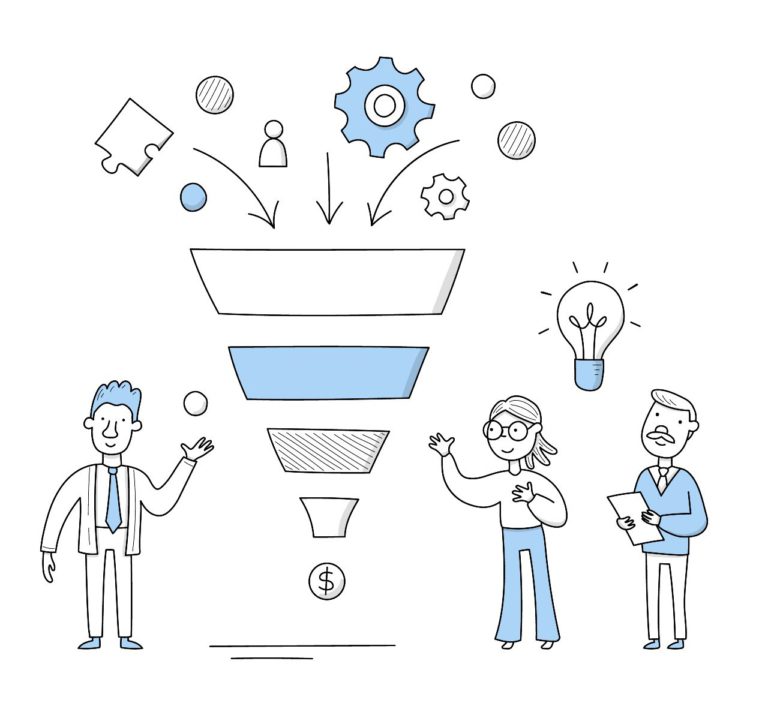
Sales funnel phases
The phases of the sales funnel are the parts into which it is divided, from the widest to the narrowest. They are set based on users’ states of awareness, which, as we have seen, determines the type of content that will be offered to the user to move them down the funnel.
Discovery phase
The discovery phase is the top of the sales funnel, the “mouth” that captures new users/buyer personas.
As in real life, in digital marketing the first (literal) impression also counts. In this phase, we have to capture the attention of cold users about whom we have no information (nor them about us).
In the discovery stage, the ideal objective is for the user to get to know us as a company and to leave us their contact information (name and email, at least). Once this is done, we will determine if that lead is qualified, that is, likely to buy from us in the final stage of the sales funnel.
Phase of interest
In the interest phase, the user/prospect will inquire about his/her problem and possible solutions (second and third state of awareness). Thus, they will focus on evaluating companies in the sector, so our task is to generate trust and authority to position ourselves as the best option for them.
Consideration phase
In the consideration phase, corresponding to the fourth state of consciousness, the user will have opted for a small group of companies. Therefore, we need to continue to differentiate ourselves from our competitors by making our benefits and value proposition clear.
Action phase
The action phase of the sales funnel corresponds to the fifth state of awareness: the user has made up their mind and only needs us to resolve the last doubts.
The frequent questions are a good way to solve straight away the doubts you may have, but ideally, you should always maintain a channel of communication direct with the future client in case their question is not in our FAQ (web chat, company WhatsApp account or email itself).
Once their doubts are resolved, we will guide the user towards the purchase process and, with it, towards the effective conversion.
Loyalty phase
Although the loyalty phase is not part of the sales funnel itself, we cannot forget about it. If a customer has bought from us once, why wouldn’t they buy from us more than once?
To do that, it is essential to have a good after-sales service to help you in case of doubts, refunds, returns, etc.
In addition, we will have several customer data (always given with your express consent), which will be used to include it in our database according to your profile. We can then contact them to ask for feedback on our product, offer them other products that might interest them, or even congratulate them on their birthday with a discount!
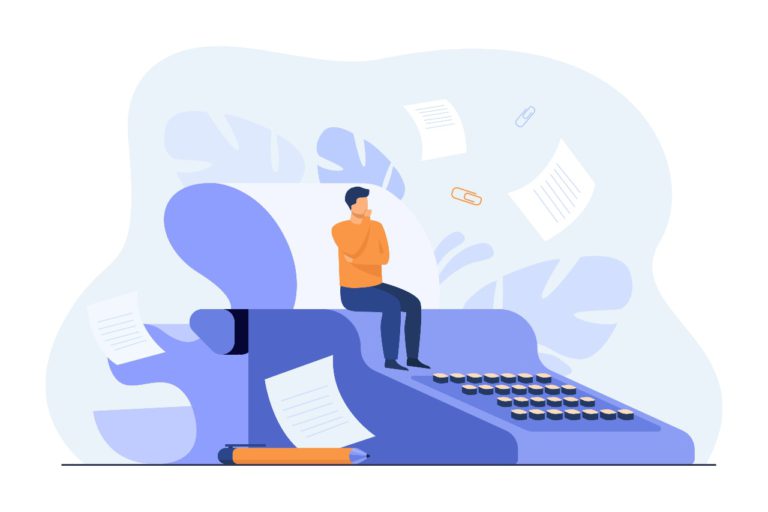
Content for the sales funnel
The contents of the sales funnel are divided into what is known as TOFU, MOFU and BOFU. The format and type of content varies depending on the stage of the funnel, since, as we have seen, not all formats and content are suitable for all stages of the funnel. By the way, to talk about content is to talk, among other things, about copywriting and writing. In this post you will discover more information about them.TOFU Contents
TOFU content is thetop of the funnel content,that is, the contents for the highest parts of the sales funnel, so its intention will be to “educate” the user, helping them discover their problem or need. In this phase, the user can discover us through different digital channels, such as Google(SEO), paid campaigns(PPC) and social networks(Social media). The most commonly used TOFU formats are as follows:Blog articles
The blog articles serve to offer a global and simple description of our sector, as well as to solve basic doubts that users may have.Podcast
In recent years, the podcast format has become the star format, as it allows a more “relaxed” consumption of content. The information they provide is similar to that of blog articles.Infographics
Infographics are also very useful, as they are easy to read and quick to understand.Newsletter
Another of the classic formats of digital marketing, newsletters serve to establish a link with the user who will begin to discover more about your company and your products. Here we tell you more about how a newsletter works and how you can take full advantage of this format.MOFU Contents
MOFU content is the middle of the funnelthe type of content created for the middle stages of the sales funnel. As we have seen above, this type of content will begin to differentiate us from our competitors by generating authority and trust in the user, so we must be more specific and develop them more than TOFU content. Some MOFU content formats are:Blog articles
In addition to providing an overview of our industry, blog articles also serve to discuss solutions to the user’s problem.Ebooks
Ebooks or electronic books, although more expensive to produce, can also be used to provide more specific and developed information about our company and our services.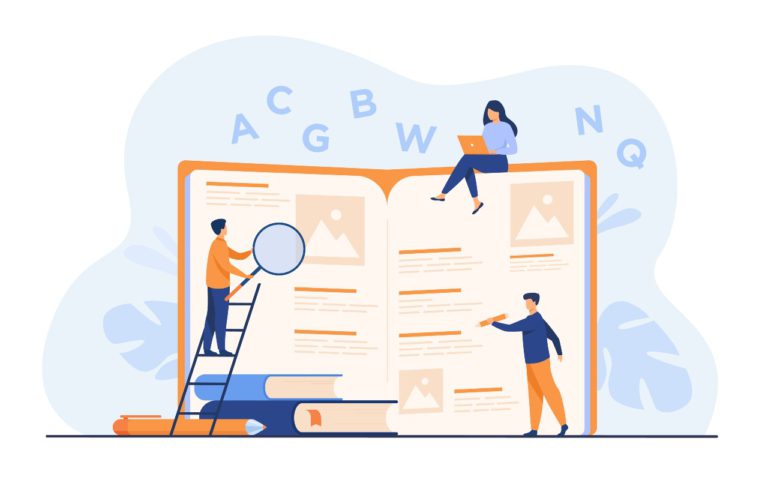
BOFU Contents
BOFU content is the bottom of the funnelThey are the most transactional contents and are designed for users who are in the decision-action phases of the sales funnel.
These are the most commonly used BOFU content formats:
Success stories
Social proof is one of the most powerful psychological sales triggers. If a product has satisfied many customers, why not me?
We can talk about how our products have changed the lives of the people who have used them. This always works very well in the case of infoproducts, such as courses, postgraduate courses and training in general.
Customer feedback
Customer reviews are similar to success stories, only they do not tell “the whole” customer story. Once again, we use social proof as a mental trigger for the sale.
Webinars
This type of content is useful to explain how a product works, in addition to generating trust in the user by seeing a live “face” that works in that company.
What to consider to create an effective sales funnel?
Every company, industry and niche is different, but we can talk about some general considerations to take into account in order to implement an effective sales funnel.
Know your customer
As we mentioned in the advantages of sales funnels, the first step is to know the ideal customer very well. If you are not very clear about who you are targeting, the sales funnel will have no effect.
Keep in mind the states of consciousness and the phases of the sales tunnel.
Offer the right content for the right state of awareness and phase: it won’t do any good to reach a cold user with transactional content, nor will it do any good to offer generic information to a user who is eager to buy.
Think about your landing page
You need to generate trust in the user, so the first impression your landing page makes is a decisive factor.
The first thing you should think about is what that landing page will be: home? Sales page? Collection of products?
Secondly, what is your objective with this landing? That the user subscribes? Download a document? Discover a branding content?
Email marketing
It is often said that email marketing is dead, but the truth is that it is a channel that still works.
Do not miss the opportunities that email marketing offers beyond the classic weekly newsletter: you can organize campaigns with a sequence of emails, do branding, expose success stories. Everything.
Measure what happens in your sales funnel
Do not stop “sharpening” your sales funnel. Measure every action that takes place in it to detect opportunities for improvement and optimization.
And, when you’ve done that, measure everything again.
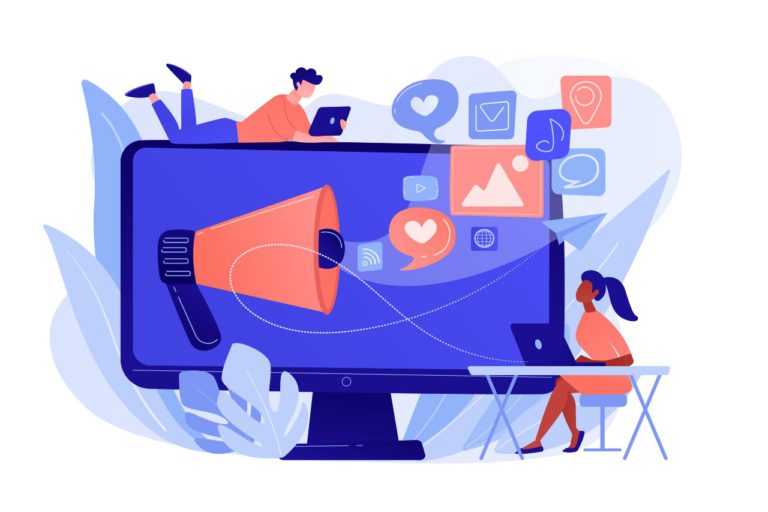
Do you need a sales funnel for your online business?
At our digital marketing agency in Barcelona we can help you create a sales funnel to attract, educate and convert strangers into loyal customers.
